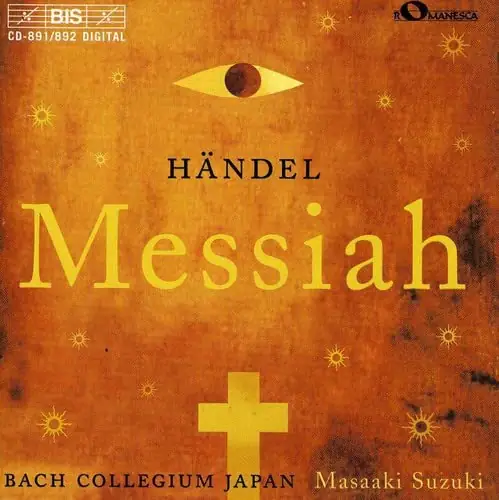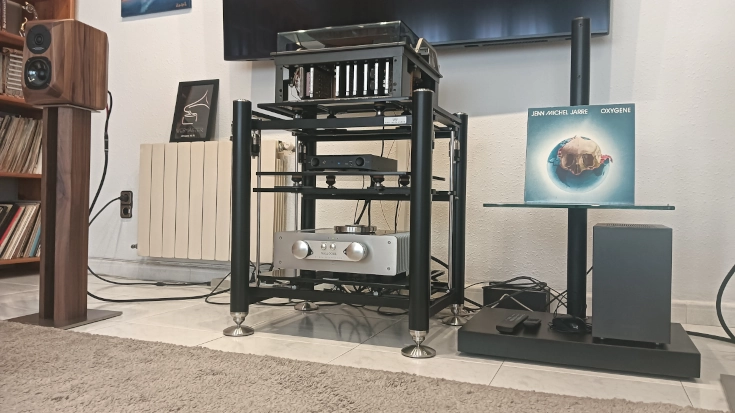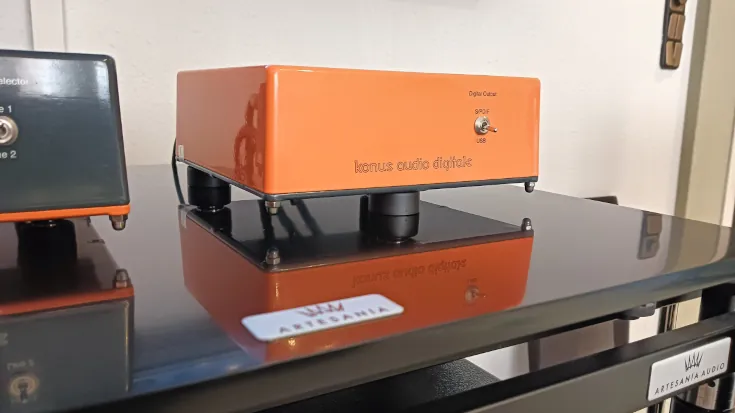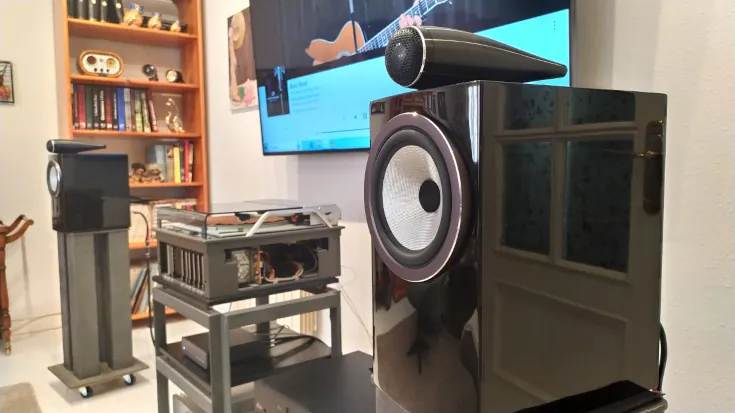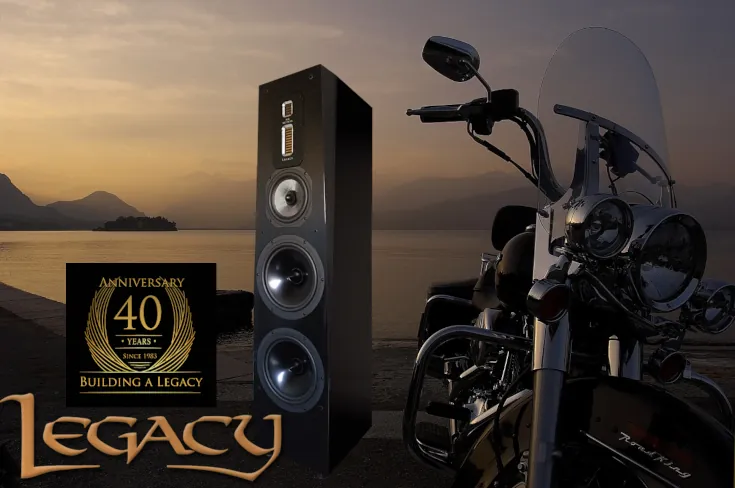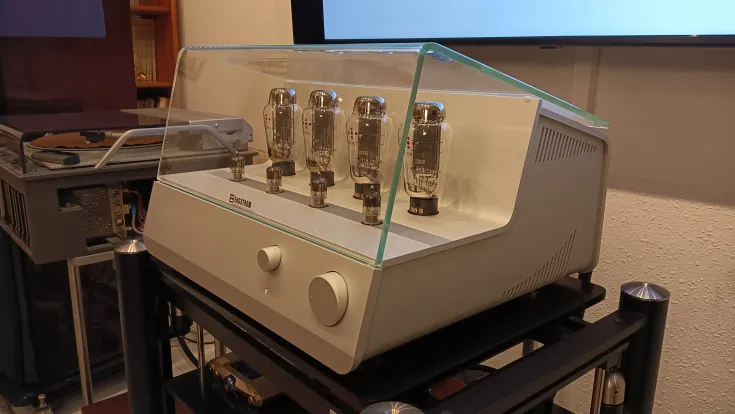Perfect Stranger

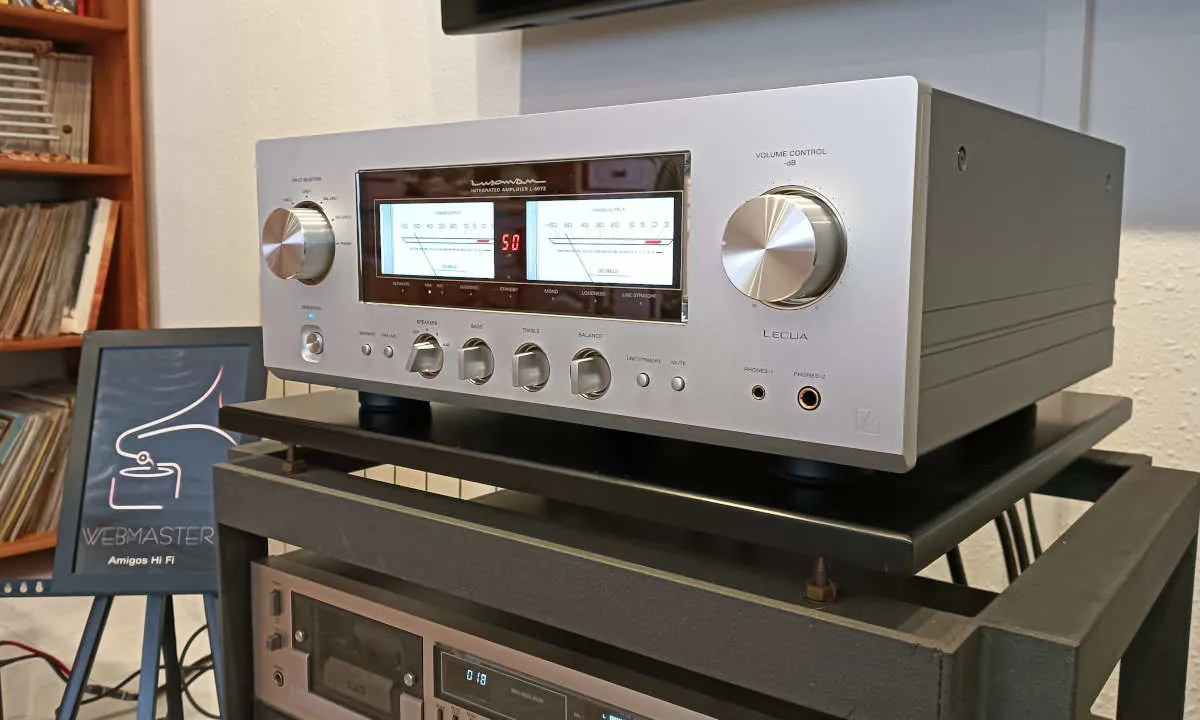
How many times have I read ads from individuals selling hi-fi products at an attractive price, or not; and in the body of the ad they write something like: "with only 30/40 hours of use. New product." Not once, not twice, not three times, but many more times I have seen it. Well, I'll tell you one thing, in DACs, if the output is not valve, after just over an hour you know what it really sounds like. Now with amplifiers, power stages or the multiple variations that exist today, if they are not left to work for a long time, which can vary from 25 to 50 hours of real work, you don't even come close to the possibilities of the device. If we are talking about high-end speakers, with large transducers, add many more hours.
At this point, I will pause for a moment because it is important. In consumer hi-fi, getting immediate satisfaction from the investment made in the system is almost a necessity. And the manufacturers know it, which is why they never mention the running-in time of the device or component. In top-notch hi-fi, knowledge is a virtue and that is why system set-up times are vital, necessary and not to be ignored. And the manufacturers know this, although not all enthusiasts do. Someone might complain about that and say that they should explain it clearly, but you know what happens, they never sold a Ferrari with a driving manual (manejar, for my Latin friends), do you get my point?

Luxman L-507Z
This integrated amplifier, classic to the core, could blend into a vintage shop, where only the fronts of the devices would be visible and it would go unnoticed. The respect for timeless lines is so great that one does not see significant differences from other models with many years behind them until... one touches it with one's hands. The source selector, the volume, the tone settings, etc. Everything has a delicate touch, but not a fragile one. On more than one occasion I have had to be delicate so as not to break it, but this is not the case here. The solidity of the casing and the whole thing together is almost military. The sliding of your fingers and the metal caressing them as you adjust the volume fills you up. Almost as much as the music.
Press the power button and listen to how the different components are activated internally, hearing a small click at each stage of the process. Start the music and gradually turn up the volume to the right level for the chosen moment and musical style. Sitting down and watching the VU meters move to the rhythm of your personal selection is something that takes me back to the long hours I used to spend watching the fire consuming the logs in the hearth of my country house.
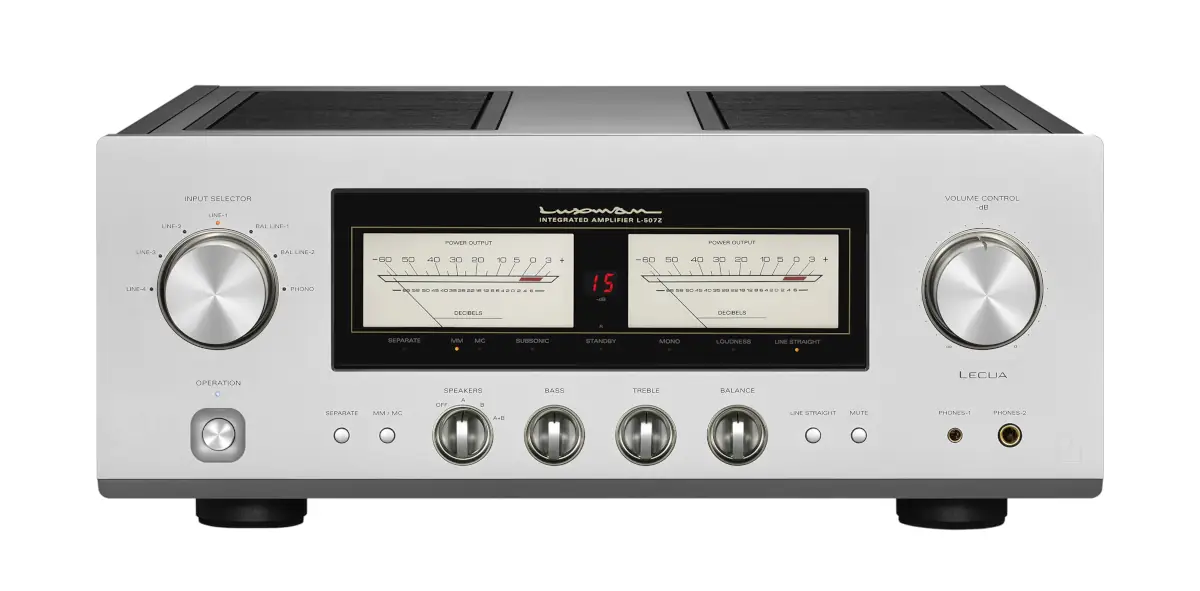
Only when you look at the Luxman L-507Z from behind do you realize that it is a product of our time, with all the modern connections available today, with all the knowledge and know-how of today. It has a beauty and detail that was not taken care of in the past. Real vintage has severe connectivity problems, and all the poetry and mastery is lost, with some pretty lousy connections overall. On this other point, needless to say, the L-507Z beats any amplifier from the '70s, any of them. Die-hard vintage fans, take your turn to shake me, but despite everything, I will continue to defend my position.
The Luxman L-507Z is the first model in the Z series. I'm very sorry, but I can't make comparisons with previous models, as none of them have been to my living room, and therefore I refrain from giving an opinion on them. Even so, I want to highlight what the brand itself highlights, so that you are aware of some of the new features presented in this Z series.
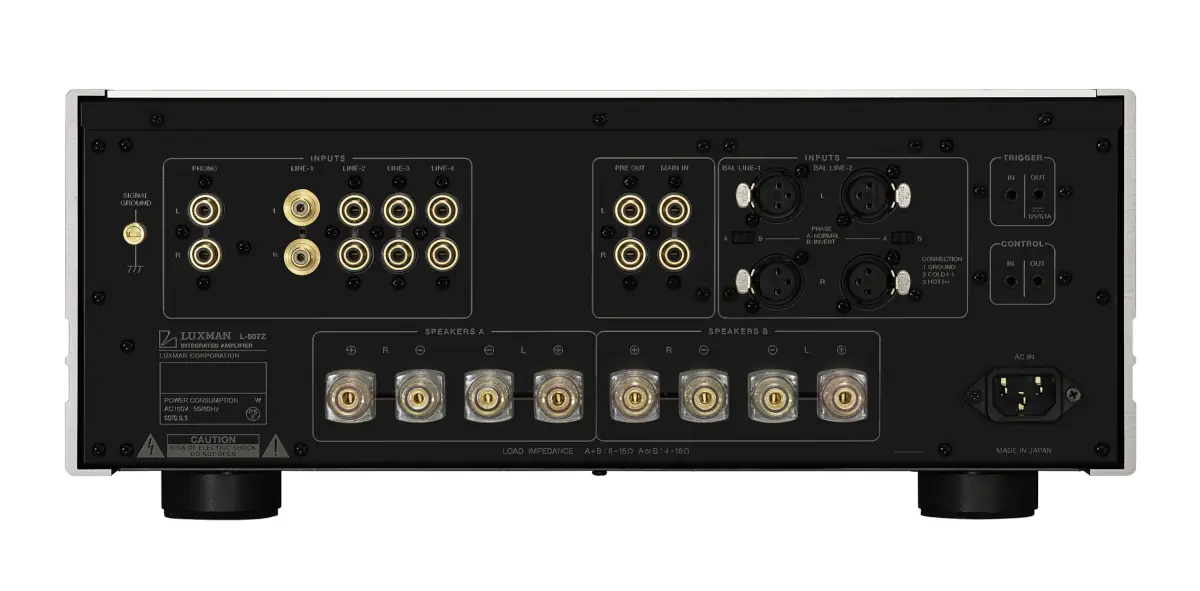
The Bass and Treble controls on the front panel allow you to adjust by +/- 8 dB at 100 Hz and 10 kHz respectively.
LIFES modules
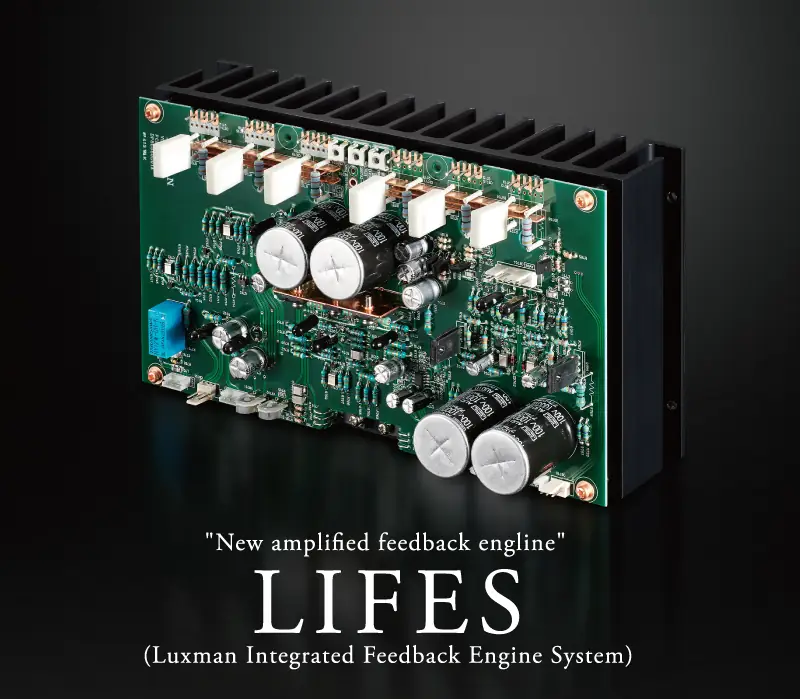
The successor to our ODNF* feedback circuit, which has contributed to the audio quality of our amplifier products since 1999. We have developed a new amplifier feedback circuit, LIFES*, which has acquired a realistic, fresh and rich musicality and an overwhelming audio performance. LIFES is based on the technical concept of our epoch-making ODNF circuit and exhibits excellent dynamic characteristics without feeding any of the original audio input signals back to the main amplifier, achieving remarkably natural sound quality, almost as if there were no feedback. The design has been conceived and expanded from first principles using simulation technology and painstaking research. By rigorously examining and combining specially selected components, we have achieved supreme performance characteristics and a level of quality suitable for use in Luxman's next-generation products. In producing version 1.0 of LIFES, by carefully reinventing the entire circuit, we managed to reduce the number of elements in parallel and improve performance. Distortion in the amplification stage has been reduced to less than half of our previous system. The output stage features a 3-stage triple parallel Darlington push-pull configuration and achieves a class AB output power of 110W+110W (8Ω) and 210W+210W (4Ω). The high output power, comparable to that of a standalone power amplifier, effortlessly creates a natural, energetic soundstage to confidently drive any compatible speaker system.
*ODNF stands for "Only Distortion Negative Feedback".
*LIFES stands for "Luxman Integrated Feedback Engine System".
(Full paragraph from the Press Release)
Another novelty for me was the front headphone output. Apart from the standard 6.3 mm (PHONES-2) there is a balanced 4 mm (PHONES-1) to achieve a greater separation between channels. At first glance, I thought it was a 3.5 mm. It's always important to read the instruction manual, my friends.
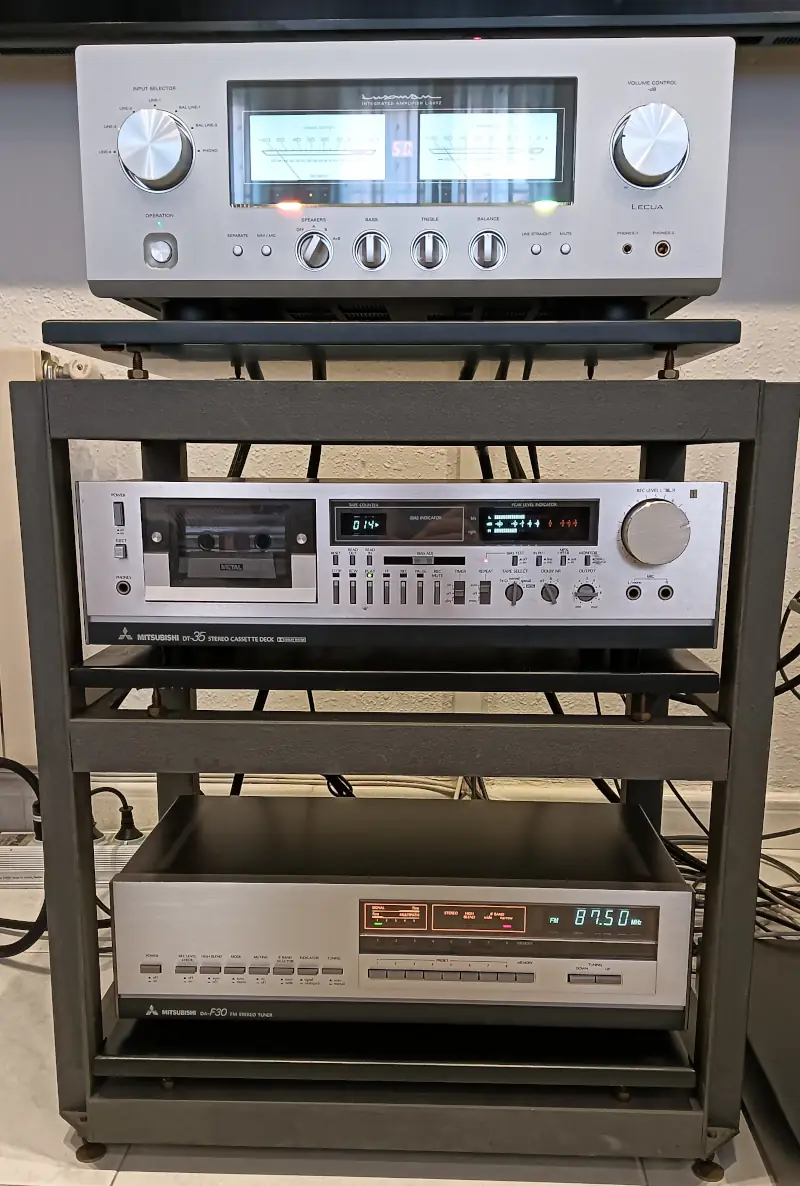
Equipment used in the tests
»Sound source:
» Roon Labs on a dedicated PC
»NuPrime DAC 9X
»Power amplification:
»Luxman L 507Z
»Speakers:
»Legacy Audio Focus SE
»Cables:
» Wires4Music in cabling:
» Horus Hybrid RCA interconnection
»Evolution in speakers and mains power
» Custom rack
The Messiah
Taking digital format as a basis for work, both locally and remotely, one realizes that the treatment of the middle area of the sound spectrum is simply scandalous. Therefore, we are going to enjoy this area to the full, where the Luxman dominates in an impeccable and implacable way. And as a small tribute to our guest, the piece chosen is the one conducted by Masaaki Suzuki, as conductor; Yoshikazu Mera, as countertenor and the Bach Collegium Japan, which has become, perhaps, the best Japanese ensemble of period instruments. Made up of a chamber orchestra of around 20 members and a choir of around 25, the ensemble has mainly dedicated itself to the cantatas and other choral works of J.S. Bach.
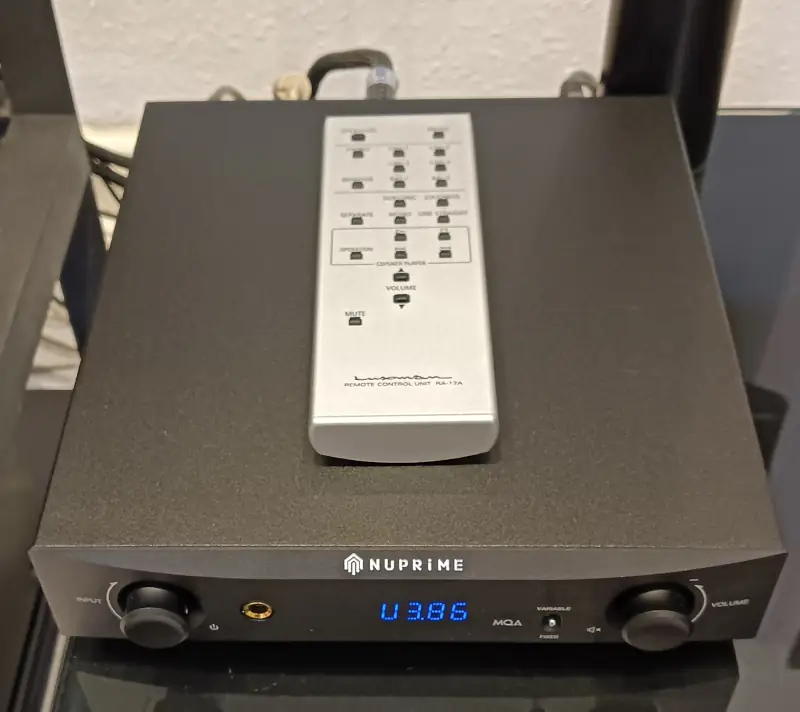
16-bit recording, CD format, stereo, on Qobuz . Those familiar with the work, I suppose everyone, will know that the use of baroque voices and instruments results in a medium, medium-high sound in general terms, with occasional excursions to the maximum of the tweeters. Under these listening conditions, auditory fatigue would be almost inevitable, but it does not appear. This point is vital and decisive when buying an amplifier, as it is of little use for lovers of classical or chamber music, especially if it causes auditory fatigue relatively easily, forcing shorter listening sessions, which may be common for followers of other musical styles, although infrequent in the aforementioned ones. Obviously, not everything has to do with the integrated amplifier, and the NuPrime DAC-9X DAC has a lot to say; we'll deal with that in another review.
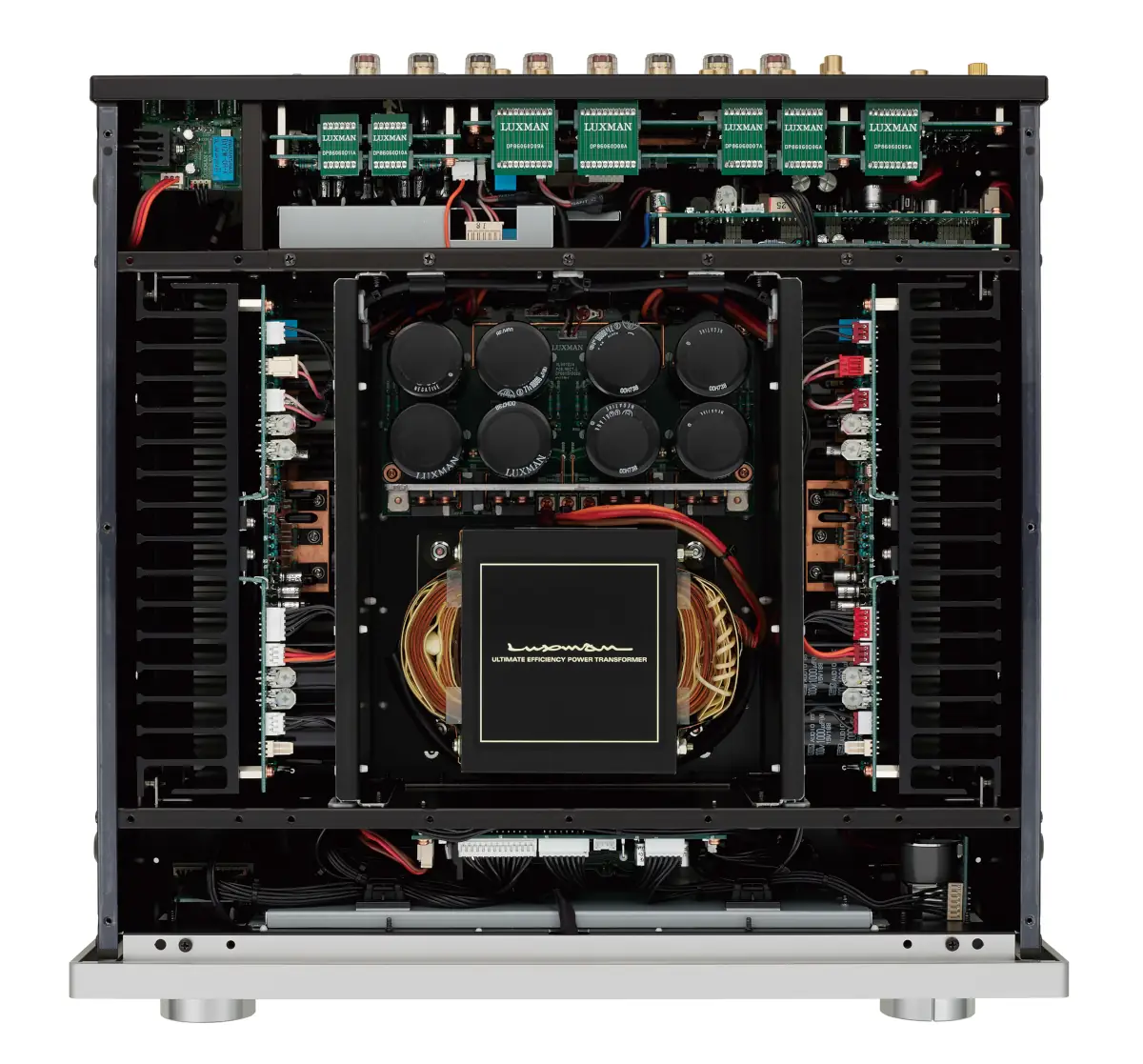
Furthermore, as I had sensed in auditions in establishments, and verified 100% in my own listening room, the clarity of the instruments and their spatial location is so clear and crystalline that it may even surprise some lovers of more "mixed" or "overlapping" sound. This mythical transparency of the brand can be surprising at first, discovering new things in a second phase, and becoming necessary for many in the most elaborate and seasoned part of good aficionados.
As a contrary version to the previous one, soft rock, with deep bass and very few Hertz, manages to shake the foundations of the room without raising the volume. The intensity delivered by the Focus SE is so great that in some random cuts of well-known songs, such as Mad World, Hotel California, etc., you go from feeling all the music in your body... and the room, to it suddenly cutting off, with no latent, audible reverberation. This is the military hand that controls the Legacy Audio Focus SE, huge speakers.
Conclusions
If the cliché is true, that "music lives in the media", music lives here. The exquisite treatment in this frequency range is so high that it can even surprise. It is not a sound for everyone, although it is impossible to remain unmoved by it. Its level of distortion is so low that it does not cause any fatigue, whatever the work chosen for listening. It makes no difference whether it is just a few songs or Wagner's complete compositions. There is no such thing as the much-feared auditory fatigue, which is so difficult to detect in a simple listening session in an establishment.
Its other intangible elements, such as the feeling that this device is meant to last a lifetime. It is robust in all its parameters and its ease of use and handling make it a faithful companion in the music room.
The only small problem I had, but one that is easily solvable for the future owner of this integrated amplifier, is the connection to the speakers, as it uses a spade and it is not easy to make it work with a banana connection. That's it. That's my negative criticism of the Luxman, incredible isn't it?
Specifications
Rated power
110W+110W(8Ω)
220W+220W(4Ω)
Total harmonic distortion
0.007% or less (8Ω, 1kHz)
0.03% or less (8Ω, 20Hz to 20kHz)
LINE:
105dB or more
Volume adjustment
New LECUA1000
Amplification feedback circuit
LIFES 1.0
Power consumption
350W
886 W (no signal), 0.4 W (standby)
External dimensions
440(width) x 178(height) x 454(depth) mm
Net weight
25.4 kg (main unit)
| Manufacturer Website | Luxman |
| Distributor Website | Ultimate Audio Elite |
| Price | 9690 € |
| Technical Sheet | Click here |
| User manual |
More review
-
NuPrime DAC 9X
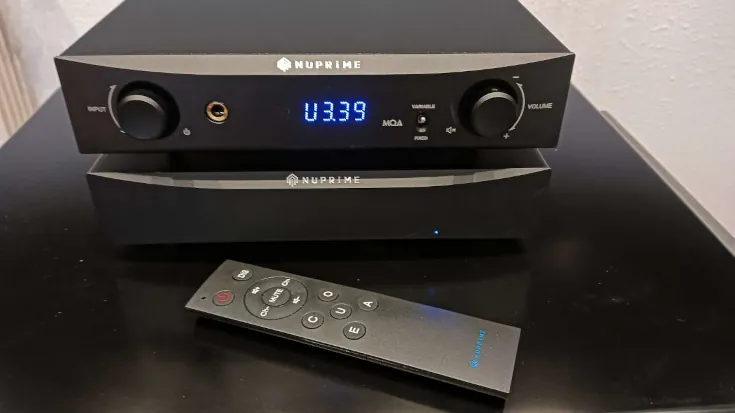
Its sound is somewhat difficult to define because it does not adhere to the usual tropes of the...
-
Legacy Audio Calibre
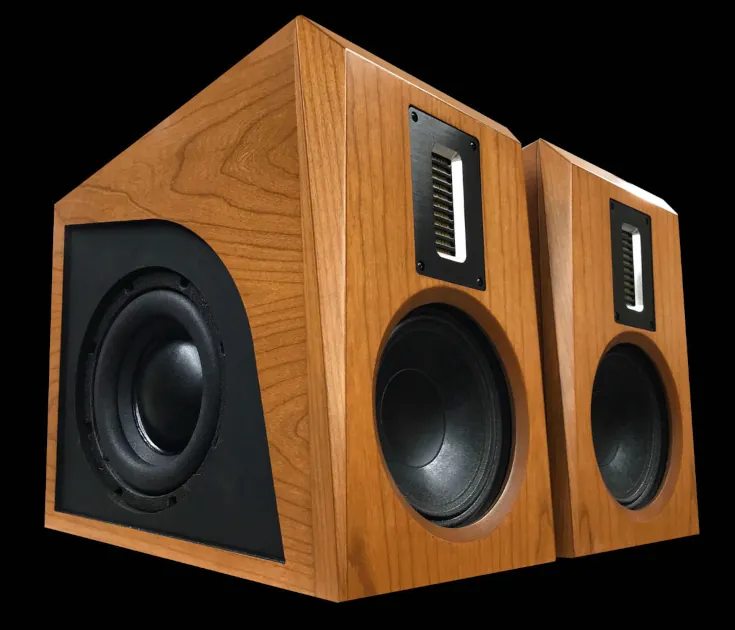
Legacy Calibre is a true professional monitor. With all its real features and none invented by...
-

